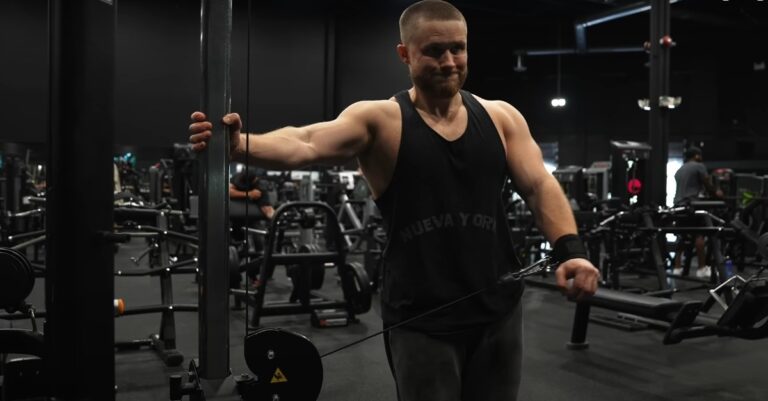Conventional vs. Sumo vs. Hex Bar Deadlifts: Which is Better?

Deadlifts are foundational strength exercises that target multiple muscle groups and are essential for building strength and muscle mass. Among the different variations, the hex bar deadlift stands out for its unique design and biomechanical advantages. This article compares hex bar deadlifts to other popular deadlift variations, highlighting their benefits and differences in muscle engagement.
Understanding Deadlift Variations
Conventional Deadlift: The conventional deadlift is performed with a straight barbell, where the lifter stands with feet hip-width apart and grips the barbell with hands outside the knees. This variation primarily targets the posterior chain, including the lower back, glutes, and hamstrings.
Sumo Deadlift: In the sumo deadlift, the lifter stands with a wide stance and grips the barbell with hands inside the knees. This variation emphasizes the quadriceps and adductors, making it beneficial for lifters with long limbs or limited hip mobility.
Hex Bar Deadlift (Trap Bar Deadlift): The hex bar deadlift is performed using a hexagon-shaped barbell, with the lifter standing inside the bar and gripping handles at their sides. This variation combines elements of both the conventional and sumo deadlifts, targeting the lower back, glutes, hamstrings, quadriceps, and traps.
Biomechanical Differences
Muscle Engagement
- Conventional Deadlift: Engages the posterior chain extensively, with high activation in the lower back, glutes, and hamstrings. The straight barbell grip places greater stress on the lower back.
- Sumo Deadlift: Places more emphasis on the quads and adductors due to the wider stance and more upright torso position. This variation reduces stress on the lower back compared to the conventional deadlift.
- Hex Bar Deadlift: Provides a more balanced engagement of the lower body muscles, including the lower back, glutes, hamstrings, and quadriceps. The neutral grip and upright posture reduce stress on the lower back while also engaging the traps more significantly.
Personal Take on Deadlift Variations
Having performed every variation of deadlift, I find each has its unique benefits and challenges. The conventional deadlift places the highest engagement on my lower back, which can be both beneficial for strength gains but also demanding on recovery. The sumo deadlift, with its emphasis on the quads and adductors, provides a different challenge and helps in developing lower body strength from a different angle.
However, my favorite variation is the hex bar deadlift. It offers a balanced engagement of both the lower back and quadriceps, making it versatile for overall lower body development. The neutral grip and the more upright posture during the lift also cause significant engagement in my traps, which adds to its effectiveness.
Practical Application
Training Goals: Choose the deadlift variation that aligns with your training goals and addresses your specific muscle imbalances or weaknesses.
Athletic Performance: Incorporate deadlift variations based on their application to your sport or athletic goals. For example, sumo deadlifts may benefit athletes requiring strong quadriceps and hip adductors, while hex bar deadlifts can enhance overall lower body power and stability.
Conclusion
Each deadlift variation offers unique benefits and targets different muscle groups. The conventional deadlift emphasizes the posterior chain, the sumo deadlift focuses on the quads and adductors, and the hex bar deadlift provides a balanced engagement of lower body muscles with reduced stress on the lower back.
Remember, proper form and technique are essential for maximizing the benefits and minimizing the risk of injury in any deadlift variation. Incorporate these exercises into your strength training routine based on your goals and preferences to achieve optimal results.
For more information on deadlift variations and their benefits, check out these related articles:
Feel free to drop a comment if you have any questions or need further advice on incorporating deadlift variations into your workout routine.






One Comment